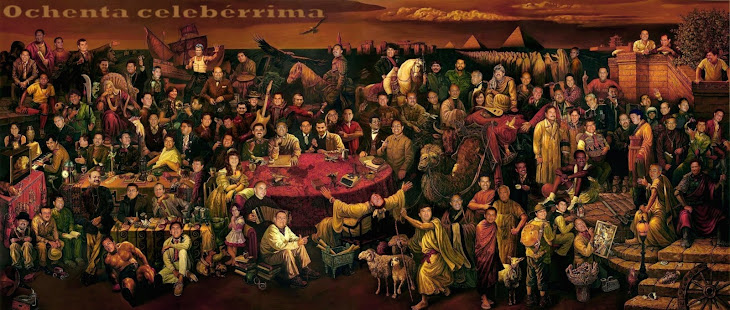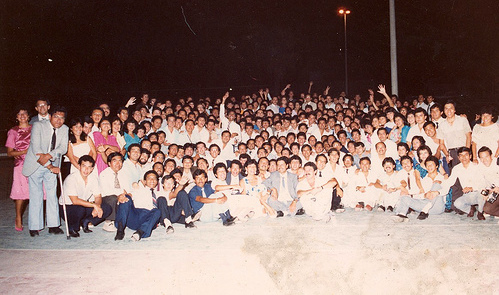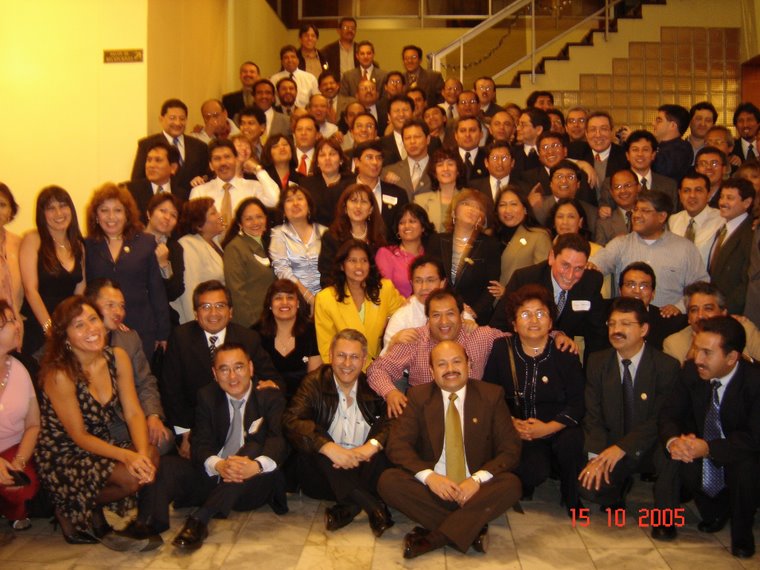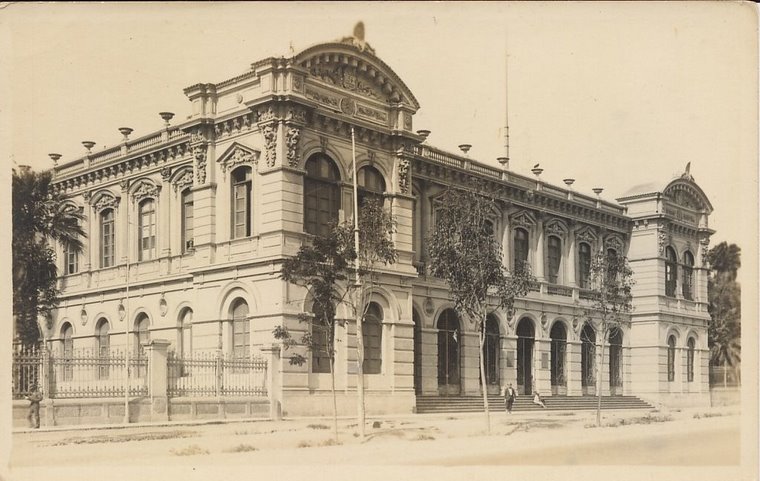Trouble at the Top of the World
Santa Lucia
Puno
PERU
http://www.youtube.com/watch?v=VthifJ-ecIE&feature=youtube_gdata_player
Extreme weather systems have become increasingly frequent across the globe, with devastating consequences for communities in both the immediate and long term.
In the high Andes of Peru, alpaca ranchers who have successfully adapted to their extreme altitude over generations are now discovering that the increasingly severe winters are becoming more than they can bear.
The maker of the film Trouble at the Top of the World explains why Alejo Tunco and his community are struggling against the elements and why their very way of life is being threatened by the encroaching impact of climate change.
When most people think of climate change the common narrative is filled with stories of rising sea levels and severe storms in both winter and summer. Yet there is another, less well-known chapter being written and it is taking place in the high Andes, far from the sea but no less severe for those living through it.
In recent years, Peru's newspapers have been reporting with increasing alarm, a plethora of unexpected infant deaths due to the extreme cold in the highlands.
An annual campaign to send blankets and clothes to the needy is undertaken by the residents of Lima but this is apparently only putting a patch on an ever-worsening problem.
In looking deeper into the story, I discovered that it is not only the human population that has been suffering in recent years, but also the livestock. Alpacas are the predominant species inhabiting these altitudes and, as such, the residents that dedicate themselves to alpaca farming have all but disappeared in recent years due to the instability of temperatures and a dwindling food supply for both farmer and farm animal.
As someone who has been exploring the impact of global warming on the glaciers of Latin America, I wanted to explore the human consequences as well. The town of Santa Lucia, population 8,000, is in the heart of alpaca country.
Salvador Alejo Tunco, the mayor of Santa Lucia and an alpaca farmer himself, deals with problems related to climate change on a daily basis. I joined him this winter as he led his town and his herd through the changing of the season.
He and his family have worked the land for generations, they have seen the ongoing assault of colder winters, drier air and the loss of cropland to the rising intensity of brighter, harsher days.
The problem is climate change that is affecting, more harshly, those living at 4,000 meters above sea level or higher.
The trek to the city of Santa Lucia was a two-and-a-half hour series of bus and van rides through the Peruvian highlands.
It was beautiful but tiring to endure a five-hour roundtrip every day. From Santa Lucia (4,050 meters above sea level) I went another three hours by foot to the alpaca site (4,700 meters above sea level).
Tired and lacking oxygen, arriving there was simply breathtaking. Beyond the beauty of a 500-head herd of alpacas, was the sheer isolation of the site, silence and wind. Nothing else. True desolation.
I followed along with Salvador as he worked with the influx of migrants from the higher elevations of Peru - their ever growing numbers putting a strain on the village's already fragile infrastructure. At the same time, Salvador had to battle his way through the winter to ensure that his own 500-head alpaca herd made it through the harsh cold, so he could see a profit, or even make ends meet, for the year.
Spring finally arrived in the Santa Lucia region and Salvador, unfortunately, did not win the local elections. He has since decided to dedicate his time to commercializing the nearly 25 tons of alpaca wool his region produces every year - trying to find companies and individuals outside of Peru to sell the wool to since the price in the local market has fallen to nearly nothing. Parallel to this activity, he is seeking to connect with NGOs from around the world to develop projects which will give the local farmers access to drinkable water and sources of water for agricultural use.
It is truly impressive to witness how the people of this community live, given the difficulty of their living conditions compared to those of most people in modern-day society. Simple tasks like walking, breathing, any physical exertion easily require triple the force one would need at sea level.
Yet the people of Santa Lucia keep pushing forward, day in day out, seemingly without effort. The diminishing natural resources is something you can see affecting them. Children catching colds that quickly become pneumonia, the elderly made suddenly frail by sudden temperature shifts, and their livestock unprotected from the climatic jolts evolution has left them unprepared to weather.
I fear for the future of Santa Lucia and its residents as climate change continues to profoundly affect them. I was able to see, first hand, how for these people, their town, their way of life, that the debate over whether there is climate change is long since over.
sábado, octubre 08, 2011
Suscribirse a:
Comentarios de la entrada (Atom)













No hay comentarios.:
Publicar un comentario